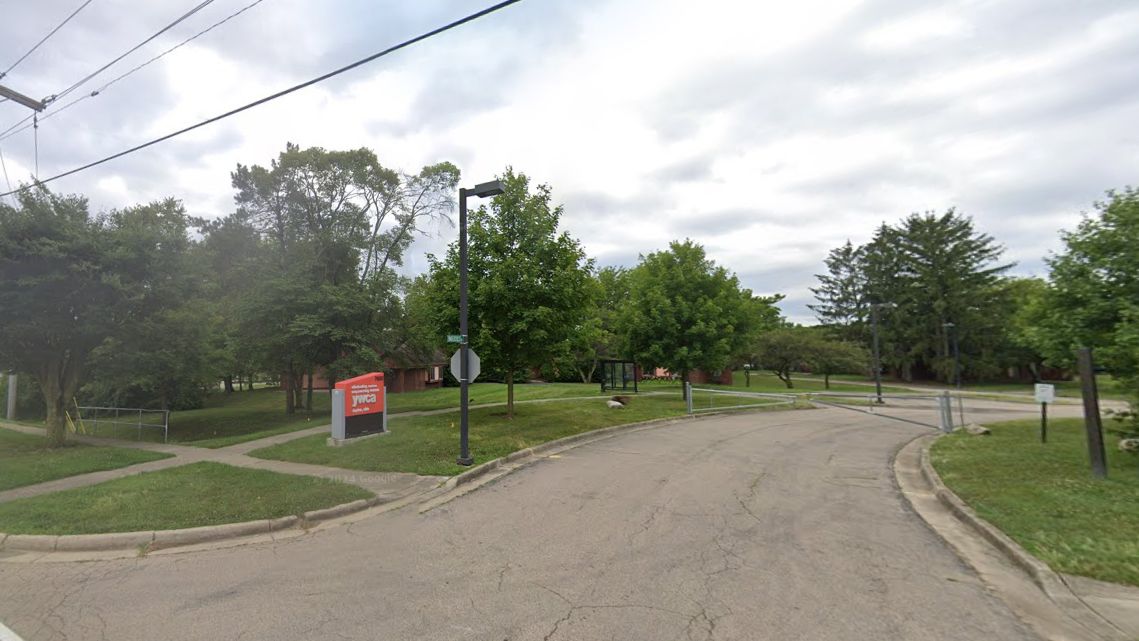OHIO — Over the decades, K-12 school districts across the state have had to make tough decisions about whether to renovate, close or build new schools.
As districts have approached and gone through the process, it’s often caused community members to take a stand against what was proposed.
Eric Gordon, former Superintendent of the Cleveland Metropolitan School District, said many districts struggle because they’ve waited as long as they could to tackle the issue of aging school buildings, many of which were built before the 1980s specifically for the baby boomer population.
Then there’s declining enrollment, limiting what districts can do for the future if not addressed.
“The personnel costs that you’re using to keep many, many small classrooms means you’re not investing in other resources for kids or you’re maybe not offering other electives that kids might have because there are too few students to offer a robust set of electives,” Gordon said.
As districts grapple with solutions, they’re typically faced with either renovating buildings, consolidating some and or closing others for good to make way for more modernized ones that can improve education for all of its students.
Either way it goes, Gordon said the decision-making process can be a lengthy one at best. That’s because districts have to be sensitive to what community members have to say, while being transparent with the process from the start.
“Making choices that impact people’s communities and you’re making choices that impact people’s memories of their childhood,” Gordon said.
It’s those memories that they’re not ready to let go of, which is why the push back comes.
In Gordon’s own time within the Cleveland Metropolitan School District, he said he learned a lot. Some of those lessons included not tying school reform to closures.
“The closures took over the reform in ways that in hindsight I wish we hadn’t have done,” Gordon said.
That’s besides honoring the memories of closed schools while helping attendees transition to their new schools, adjusting plans as feedback is received, giving time to the process for the best outcome and thinking to the future in broad terms of how buildings can be re-purposed.
“School boards and districts should think more broadly than closure,” Gordon said. “They should be thinking about the appropriate use of their footprint.”
This is so that if they end up closing schools, they can maximize the use of buildings by zeroing in on economic development that serves entire communities.










